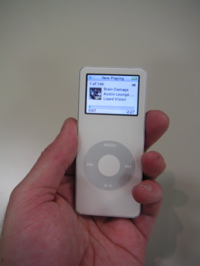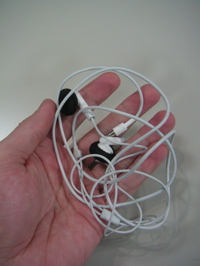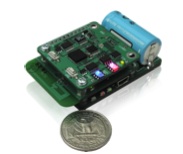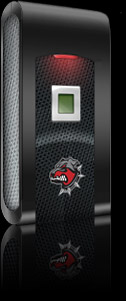Kukkia and Vilkas: animated kinetic dresses
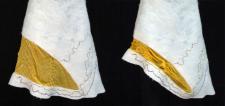
I’ve always pushed for more “artistic” papers at ISWC, but there’s often a culture and communications gap between the technical and artistic communities. Joanna Berzowska‘s presentation on her animated kinetic dresses was a wonderful exception. The goal of her project was entirely aestetic — the hemline of one dress rises and lowers as if betraying (or thwarting) the wearer’s secret desires, and broach flowers open and close of their own accord on the neckline of another dress. But her presentation was full of all the technical details and lessons necessary to accomplish these creations. A couple examples:

-
They used Nitinol (memory wire) sewn into felt to cause the motion. After trying many configurations, they determined that a tight coil was the best configuration to “set” the Nitinol, as it created the largest motion.
-
Felt was the perfect fabric for a number of reasons. It’s sturdy, so when the Nitinol relaxes back to its non-set shape the felt will pull the dress or flower back to the normal position. It’s thick, so circuitry and wires can be felted into the fabric itself. And it’s a good insulator of heat and electricity, so the wearer is protected if there’s a short. It’s even fairly fire-retardant.
Kukkia and Vilkas: animated kinetic dresses Read More »
